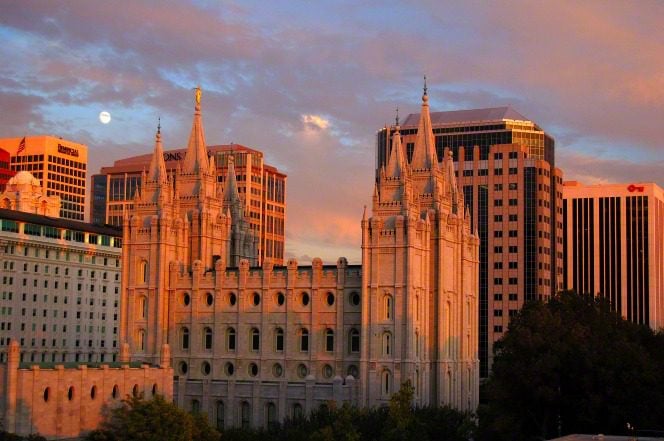
As I mentioned in a previous post (“Acts 2, with an axe to grind”), the events recounted in the second chapter of Acts take place less than two months after Easter. That’s important to keep in mind. If Peter’s speech, given on the occasion, is at all accurately reported, its content is striking. Take 2:22-24, for example:
22 “Men of Israel, hear these words: Jesus of Nazareth, a man attested to you by God with mighty works and wonders and signs [δυνάμεσι καὶ τέρασι καὶ σημείοις ]that God did through him in your midst, as you yourselves know— 23 this Jesus, delivered up according to the definite plan and foreknowledge of God, you crucified and killed by the hands of lawless men. 24 God raised him up, loosing the pangs of death, because it was not possible for him to be held by it.”
- 2:22 — Peter calls attention to the “mighty works and wonders and signs” — that is, to the miracles — performed by Jesus as both known to and undoubted (though perhaps variously interpreted) by his audience. (See also, on this matter, “A simple argument for the historicity of Jesus as a miracle-worker.”) He seems to have really done miracles, or at least to have seemed to have done them. And this is less than two months after Jesus’ death, with an audience right there in Jerusalem where the gospels report that many of Christ’s miracles were performed.
- 2:24 — The claim that Jesus had been resurrected is being made, again, within less than two months of the purported event, to people who could easily have demonstrated that the tomb was still occupied, if in fact it was.
And consider also 2:31, which refers to David the Psalmist:
31 he foresaw and spoke about the resurrection of the Christ, that he was not abandoned to Hades [εἰς ᾅδην], nor did his flesh see corruption. 32 This Jesus God raised up, and of that we all are witnesses [μάρτυρες].
- 2:31-32 — Again, he testifies of the raising of Jesus, indicating that Jesus was not left to linger in the world of spirits (ᾅδην) but reunited with his (resurrected) body shortly after his death.
- 2:32 — The apostles are already, just ten days after the Ascension, coming out publicly as “witnesses” (μάρτυρες; martyres) of Christ’s resurrection.
And note 2:36, which draws the appropriate conclusion:
36 Let all the house of Israel therefore know for certain that God has made him both Lord and Christ, this Jesus whom you crucified.”
- Peter has already said at 2:22 that Jesus was “attested . . . by God” through the miracles wrought at his hand. But the greatest of all miracles, the resurrection, confirms him to be “both Lord and Christ.”
Two Miscellaneous Notes:
- Elder Bruce R. McConkie alluded to the “divided tongues as of fire [that] appeared to them and rested on each one of them” at Acts 2:3 as a way of explaining his experience with the other apostles during the June 1978 revelation on priesthood that was received in the Salt Lake Temple.
- Some Christians insist that Christianity marks a complete rejection of the temple-centric character of ancient Judaism. But Acts 2:46, which describes the apostles after the resurrection as “attending the temple together,” apparently daily, provides no support for that view.











